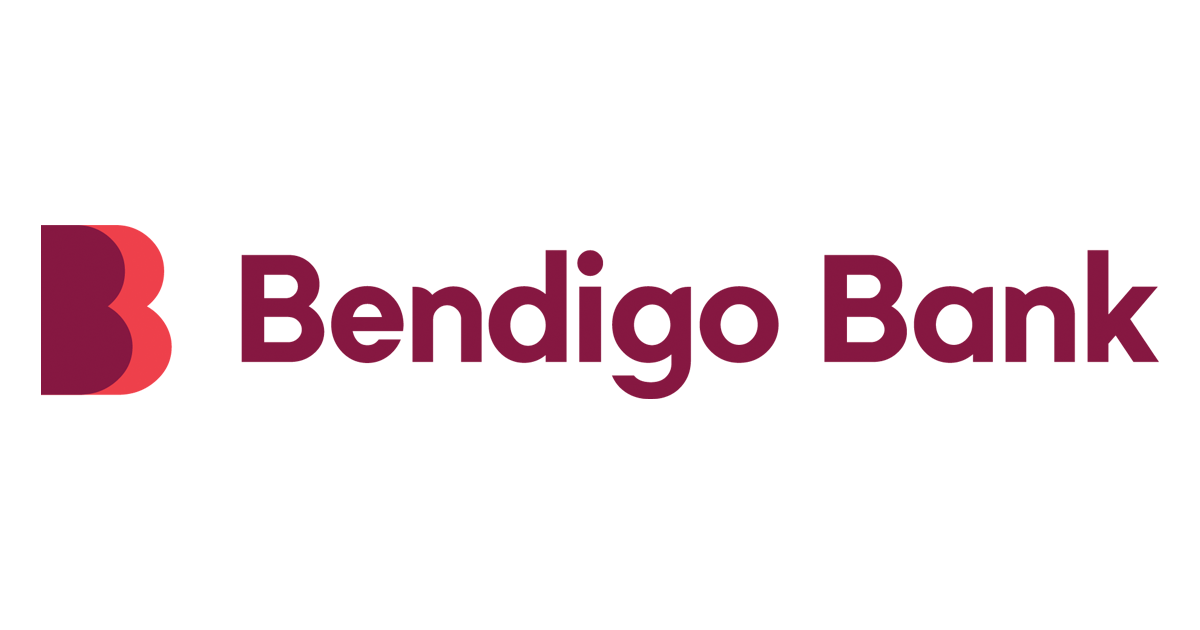Whether you’re looking to top up your retirement income or access funds without needing to make regular repayments, a reverse mortgage is a flexible way to plug financial gaps for seniors. It’s becoming increasingly popular, too, as uncertainty continues to plague the Australian economy.
Seniors First, a reverse mortgage provider, has seen its enquiries increase by 300% over the two years to mid-2025. With seniors flocking to reverse mortgages, understanding exactly how the product works and what it might mean for your future or that of your children is essential.
How does a reverse mortgage work?
A reverse mortgage is a product designed to help homeowners 60 or over access the equity built up in their property. Equity is the difference between the value of your home and the amount of money you owe on it. For example, a property worth $1 million that you still owe $200,000 on would have $800,000 in equity.
You can choose to receive your reverse mortgage payment in the form of a lump sum, line of credit or as an income stream, with some lenders offering you the ability to receive a mixture of two or more. Once you get your money, you can use it for any purpose you wish, from topping up your current income to home improvements or even paying a deposit on a new property.
How you can repay your reverse mortgage
Unlike most other loans, where you receive your funds and pay them off over a set period in instalments, reverse mortgages don’t have any set payment schedule. It only needs to be repaid when your property is sold by you or your estate, though you may be able to make optional additional payments if you choose to do so.
Interest accrues on your reverse mortgage debt the longer you have it outstanding, like any other loan, as well as certain fees. This will need to be paid alongside the rest of the debt.
How much can I borrow with a reverse mortgage?
The amount you’re allowed to borrow usually depends on your age, as well as your lender’s specific policies. However, in most cases, the maximum equity you’re allowed to access will be between 15% and 20% when you’re 60, increasing by 1% each year and capped at 45%. You can see how that looks in the table below:
| Age | Maximum equity access |
|---|---|
| 60 | 15%-20% |
| 65 | 20%-25% |
| 70 | 25%-30% |
| 75 | 30%-35% |
| 80 | 35%-40% |
Looking at the example from earlier of a house with $800,000 in equity, the most you’d likely be able to borrow is between $120,000 and $160,000.
The minimum amount required when accessing equity through a reverse mortgage also depends on your lender, but may range from as little as $10,000 up to $50,000.
Am I eligible for a reverse mortgage?
The two main requirements for reverse mortgages are that you’re at least 60 years of age and own your home outright, with no existing debts on the property. However, if you’re still paying off your home loan, you may be able to refinance to a reverse mortgage, using the equity in your home to clear the debt with your previous lender.
Some of the other eligibility criteria a lender might require reverse mortgage applicants to meet include that your property must be at or above a certain value and be located in an approved suburb. These aren’t mandated by all lenders, though.
What is the interest rate on a reverse mortgage?
Interest rates are different depending on the lender you choose to go with. However, they’re typically higher than interest rates offered on standard home loans by at least 2.00% p.a. to 3.00% p.a. This means that you’ll pay more in interest proportionally on a reverse mortgage compared to a home loan. Reverse mortgages also only come with variable interest rates, while home loan rates can be variable or fixed for a set period.
The other factor to consider is that more interest will be charged overall due to the fact that your debt will, in most cases, lie dormant until the property is sold. On a regular home loan, your debt would decrease over time, so the interest you pay each week, fortnight or month will also gradually decrease. That isn’t the case for a reverse mortgage (unless you make optional early repayments).
What features should I look for when shopping for a reverse mortgage?
Voluntary repayments
Though there are no compulsory repayments on a reverse mortgage, most lenders will allow you to make voluntary repayments. The more you can pay off, the less interest you’ll owe in the long run. Opting for a lender that allows you to make free early payments gives you the flexibility of chipping away at your debt.
Equity protection options
Some lenders will allow you to protect a portion of your equity. This essentially means that there’s a limit on the equity your lender can be paid when your home is sold. For example, if you had $600,000 in home equity and were eligible for a 20% release ($120,000), you could decide to protect 10% of your equity. This means that your release is now calculated on 90% equity, changing to a maximum of $108,000.
Low interest and fees
The big thing to consider when choosing your reverse mortgage is how much it’ll cost overall. You’ll obviously have to look out for interest rates, but fees are also crucial to factor into your decision. These can include establishment, top-up, redraw and preparation fees. Always check the terms and conditions of any agreement before you sign on the dotted line.
The pros and cons of reverse mortgages
Pros
-
Borrow with no set repayments
The biggest benefit of reverse mortgages is gaining access to money and not needing to repay it straight away, potentially not even in your lifetime.
-
Use the funds however you like
You have the freedom to use the funds gained from your reverse mortgage for just about any purpose, from clearing other debts to funding your next holiday.
-
Flexible ways to receive your funds
You don’t just have the option to receive your loan as a lump sum. You can manage it as needed with a line of credit or even increase your regular income.
Cons
-
High interest and fees
Reverse mortgages come with higher interest and fees compared to other home loans, meaning you could end up paying a lot more in interest over the life of the loan.
-
Eats into your future sale profits
Whether the proceeds of your house sale are set to go to you or your estate, the amount you’ll receive may end up being much lower than what you would’ve otherwise been paid.
-
May affect your Age Pension eligibility
Receiving cash from a reverse mortgage could impact the amount you’re eligible to receive through the Age Pension, if not rule you out entirely.
Can I lose my home when repaying my reverse mortgage?
No, you can’t lose your home as part of a reverse mortgage agreement. All reverse mortgages taken out from 18 September 2012 have negative equity protection, according to Moneysmart, which means the debt you owe on your reverse mortgage cannot exceed the value of your home.
However, if you’re unsure about your current financial situation and whether a reverse mortgage is the best option for you, it’s worth speaking to a financial advisor or professional about what the next steps should look like for you.
Reverse mortgage vs Home Equity Access Scheme
The Home Equity Access Scheme (HEAS) is a program that allows senior Aussies to take out a non-taxable loan against the equity in their home. This loan can be paid out in fortnightly instalments at a rate of up to 150% of the maximum pension rate, as a lump sum or a combination of the two. You can use Centrelink’s HEAS calculator to estimate how much you could borrow.
Like reverse mortgages, HEAS loans can be repaid at any time in instalments or in full, usually when the house itself is sold. They also come with a no negative equity guarantee, unless you increase a mortgage or encumbrance or misrepresent your circumstances.
The main benefit of HEAS over a reverse mortgage is the cost. The interest rate sits at 3.95% p.a. as of November 2025, compared to a much higher rate in the 8.00% p.a. to 10.00% p.a. ballpark. This version of equity access also works in conjunction with your pension, rather than potentially discounting you from it.
In terms of its drawbacks, though, this scheme is also only open to those receiving a pension or who are pension age, which is 67, compared to the minimum age of 60 with most reverse mortgage providers. Given that it goes through a government agency for assessment, you may also find that approval is slower for HEAS loans.
Why apply for a home loan with Savvy
Help throughout the process
You'll be matched with an experienced mortgage broker who'll handle all the hard work for you from start to finish.
Trusted lenders
With a panel of reputable mortgage lenders, you can rest assured you'll be comparing high-quality options with your broker.
Paperless quote process
You can fill out a simple online quote via our form without having to worry about sorting through heaps of paperwork.
- Reverse mortgage ‘minefield’ leaves retirees vulnerable to costly mistakes - The Adviser
- Reverse mortgage and home equity release - Moneysmart
- Home Equity Access Scheme calculator - Centrelink
- Power of Attorney and Reverse Mortgages - Piper Alderman






















